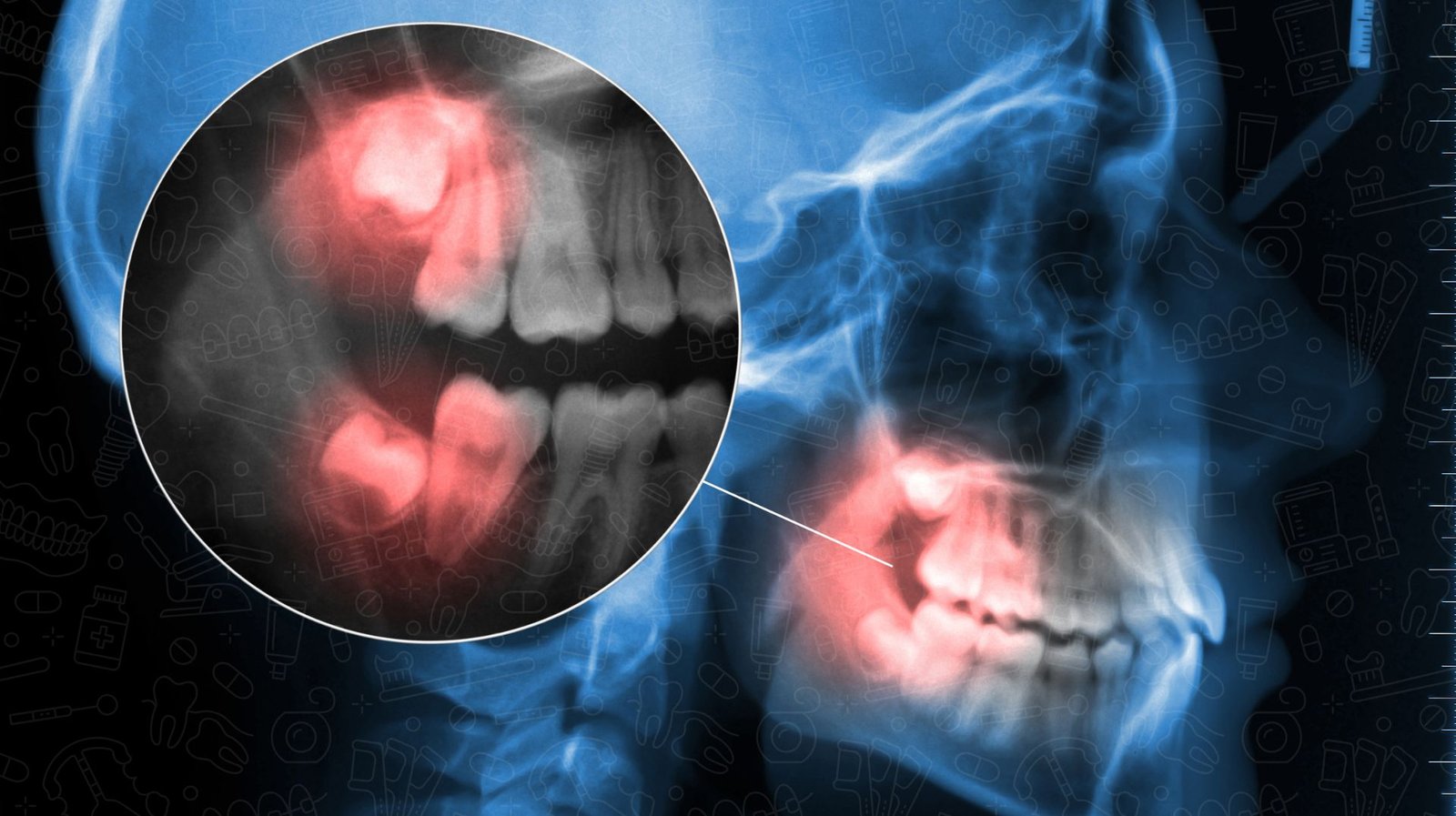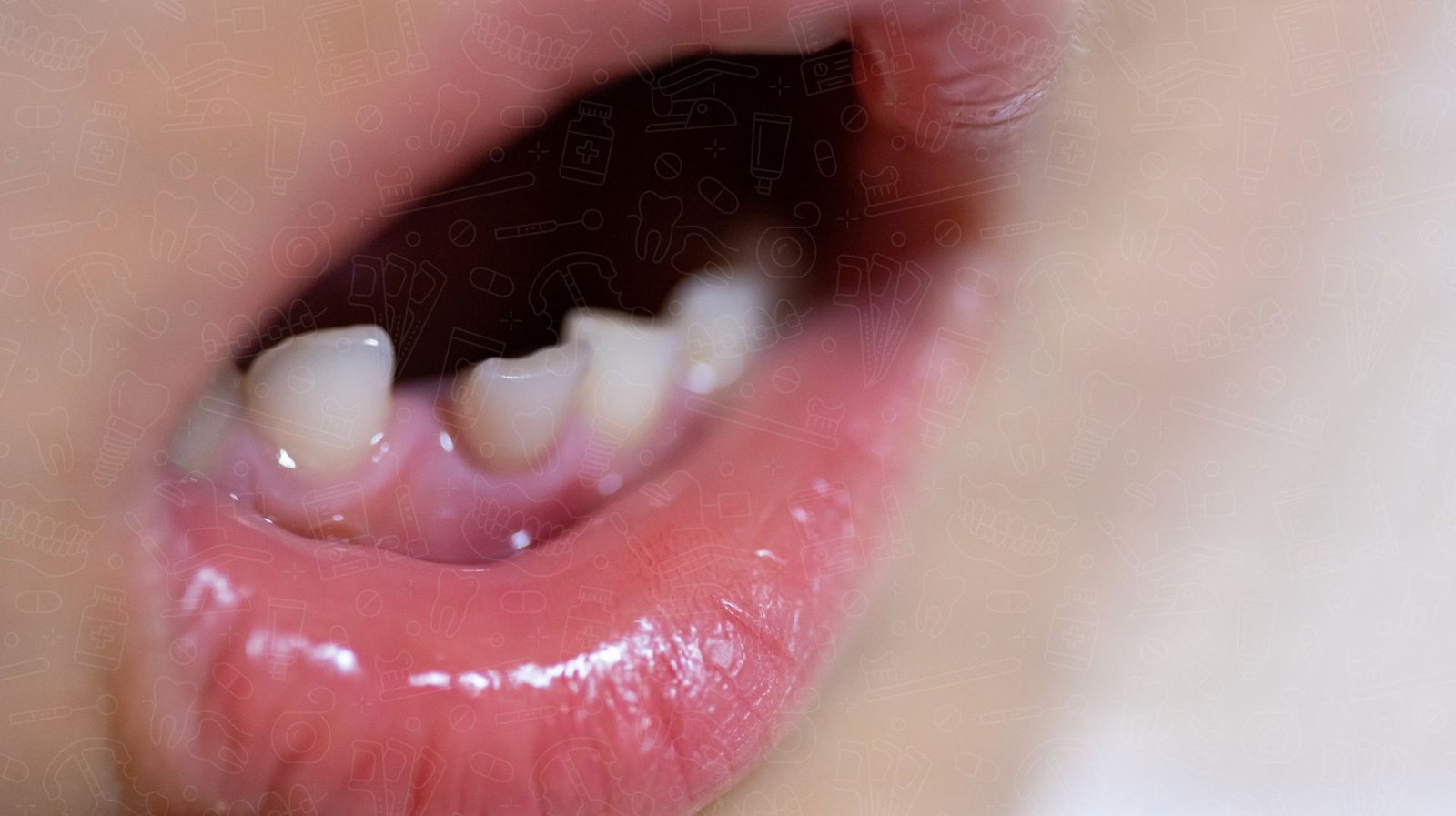Introduction
Deep teeth cleaning, clinically referred to as periodontal therapy, is an essential dental procedure aimed at combating gum disease and enhancing overall oral health. Unlike traditional dental cleanings that focus on the visible surfaces of teeth, deep cleaning delves into the areas beneath the gum line, addressing hidden plaque and tartar buildup. This meticulous approach not only removes harmful bacteria but also plays a pivotal role in preventing serious oral health issues.
Patients often encounter deep teeth cleaning when signs of periodontal disease arise, such as swollen or bleeding gums. This treatment is vital in averting complications like tooth loss by employing two key techniques: scaling and root planing. During scaling, dental professionals eliminate plaque and calculus from the teeth’s root surfaces, while root planing smooths these surfaces to deter future bacterial accumulation.
The benefits of deep teeth cleaning extend beyond immediate improvements in gum health; it is a cornerstone for maintaining long-term oral hygiene. Regular dental visits and ongoing disease monitoring are crucial in the early detection of potential gum issues, making this procedure significant for anyone seeking to maintain a healthy smile. With a deeper understanding of deep teeth cleaning and its benefits, patients can make informed decisions about their dental care, ensuring their oral health remains a priority for years to come.
What Is Deep Teeth Cleaning?
Deep teeth cleaning, also known as periodontal therapy, is a comprehensive dental procedure designed to treat gum disease and improve oral health. Unlike standard dental cleanings, which primarily focus on removing surface plaque and tartar from the visible parts of the teeth, deep cleaning targets the areas beneath the gum line. This involves the meticulous removal of built-up plaque and calculus from the roots of the teeth, which can harbor harmful bacteria.
The procedure is typically recommended for individuals who show signs of periodontal disease, where the gums become inflamed and may pull away from the teeth, creating pockets that can become infected. By employing two key techniques—scaling and root planing—dental professionals aim to restore gum health and prevent further complications.
Deep teeth cleaning not only promotes healthier gums but also plays a crucial role in overall oral hygiene. By effectively eliminating the bacteria responsible for gum disease, patients can reduce the risk of tooth loss and other serious dental issues. Understanding the distinction between deep cleaning and regular cleanings is essential for anyone navigating their dental care, particularly for those experiencing persistent gum problems. Regular check-ups and cleanings can help in the early detection of gum disease, making deep teeth cleaning a vital element of comprehensive dental care.
Signs You Might Need a Deep Teeth Cleaning
Determining the need for deep teeth cleaning can be critical for maintaining optimal oral health. There are several signs and symptoms that may indicate this advanced cleaning procedure is necessary. One common indicator is the presence of persistent bad breath, which could signal underlying periodontal issues. Additionally, individuals experiencing swollen or bleeding gums during brushing or flossing often require deeper intervention to address potential gum disease.
Another key sign to consider is the formation of pockets between the teeth and gums. These pockets can harbor bacteria, leading to further dental complications if left untreated. If a patient notices that their teeth are becoming loose or if they have a receding gum line, these can also be strong indicators that a deep cleaning is warranted.
Furthermore, regular dental check-ups may reveal tartar build-up that cannot be removed through standard cleaning methods. Patients who have not had a cleaning in over six months or who are diagnosed with periodontal disease are often referred for deep cleaning to restore gum health. Observing these signs and acting promptly can help prevent serious dental issues such as tooth loss or chronic gum disease. Being aware of these symptoms allows individuals to seek timely dental care, ensuring long-term oral health and wellness.
The Deep Teeth Cleaning Procedure Explained
Deep teeth cleaning is an essential dental procedure aimed at removing plaque and tartar from below the gum line, thereby promoting optimal oral health. This procedure primarily consists of two critical steps: scaling and root planing.
During the scaling phase, the dentist or dental hygienist uses specialized tools to meticulously remove plaque and tartar from the tooth surfaces and beneath the gums. This process is crucial for eliminating harmful bacteria that contribute to gum disease. The thoroughness of scaling ensures that areas typically unreachable during standard cleanings are addressed, resulting in a cleaner oral environment.
Following scaling, root planing takes place. This step involves smoothing the root surfaces of the teeth. By refining the roots, it minimizes irritants that can lead to further bacterial accumulation and aids in the reattachment of gum tissue to teeth. Root planing is particularly vital for patients suffering from advanced gum disease, as it helps reduce pocket depths between the gum and teeth, making it easier to maintain periodontal health.
In summary, the deep teeth cleaning procedure involves thorough scaling and careful root planing, both crucial for treating gum disease and improving long-term oral health. Patients who undergo this procedure may experience healthier gums and a reduced risk of tooth loss, highlighting its importance within preventive dental care.
Benefits of Deep Teeth Cleaning for Oral Health
Deep teeth cleaning offers several significant advantages for maintaining optimal oral health. Primarily, it plays a crucial role in the prevention of gum disease, a condition that can lead to serious complications if left untreated. By effectively removing plaque and tartar buildup from below the gum line, deep cleaning reduces inflammation and promotes healthier gums, lowering the risk of conditions such as gingivitis and periodontitis.
Moreover, deep teeth cleaning greatly aids in the prevention of tooth loss. Healthy gums support the teeth, and through diligent removal of harmful bacteria, individuals can protect their teeth from decay and associated complications. In addition, deep cleanings can improve overall bad breath by eliminating the sources of bacterial growth that contribute to unpleasant odors.
Another benefit of deep teeth cleaning is its potential to enhance the effectiveness of routine dental care. With a clean foundation, patients can maintain better oral hygiene practices, making it easier to care for their teeth and gums at home, thereby contributing to long-term oral health.
Overall, those who undergo deep teeth cleaning can expect not only immediate improvements in their dental health but also long-lasting benefits that foster a healthier smile. Regular dental visits, paired with deep cleaning when necessary, are essential for sustaining optimal oral hygiene and preventing more serious dental issues.
Potential Risks and Side Effects of Deep Teeth Cleaning
Deep teeth cleaning, while beneficial for maintaining optimal oral health, can come with certain risks and side effects that patients should be aware of. One of the most common immediate effects is discomfort during and following the procedure, especially if there is significant gum inflammation or periodontal disease present. Patients may experience tooth sensitivity due to the scaling and root planing process, which involves the removal of plaque, tartar, and some of the tooth’s cementum, potentially exposing the underlying dentin.
Discomfort can manifest as mild to moderate pain in the gums and teeth, which usually subsides within a few days. It’s essential for individuals undergoing deep cleaning to understand that while some post-treatment sensitivity is normal, persistent pain or swelling may indicate an underlying issue requiring further examination.
Another potential side effect is the risk of infection. Although rare, any dental procedure that manipulates the gums may introduce bacteria into the bloodstream. Patients with existing health conditions, such as heart problems, should consult with their dentist to discuss the need for preventive antibiotics.
Lastly, some individuals may experience changes in taste or a sense of feeling ‘off’ for a short period post-cleaning. Awareness of these potential side effects can help manage expectations and ensure proper follow-up care. Overall, understanding these risks contributes to a more informed approach to deep teeth cleaning and long-term dental health management.
Aftercare Tips and Long-Term Maintenance
Following a deep teeth cleaning, proper aftercare is essential to maintain optimal oral health and prevent further issues. Patients should begin by allowing their gums time to heal. It is important to avoid extremely hot or cold foods and drinks for a few days, as this can exacerbate sensitivity. Gentle brushing with a soft-bristled toothbrush is recommended to avoid irritating the gums further.
Incorporating an antimicrobial mouthwash into daily routines can help reduce bacteria in the mouth and support healing. Flossing carefully around the gumline is crucial, as it prevents plaque buildup while avoiding additional trauma. Regular dental check-ups are also vital for long-term maintenance; professional cleanings every six months can help sustain the results achieved through deep cleaning.
Practicing good oral hygiene habits is foundational to preventing the recurrence of gum disease and other dental issues. This includes twice-daily brushing with fluoride toothpaste and mindful dietary choices, such as limiting sugary snacks and beverages. Users might also consider using additional tools, like interdental brushes or water flossers, to enhance their cleaning routine.
Lastly, monitoring any signs of discomfort or changes in oral health following deep teeth cleaning is crucial. If symptoms persist, it’s advisable to consult with a dental professional to address any potential concerns promptly. By adhering to these aftercare tips and long-term maintenance practices, individuals can enjoy healthier gums and a vibrant smile for years to come.
Final Thoughts on Deep Teeth Cleaning
In conclusion, deep teeth cleaning is a crucial procedure for anyone experiencing gum disease or seeking to improve their oral health. By effectively removing plaque and tartar from beneath the gum line, deep cleaning not only focuses on immediate concerns but also establishes a solid foundation for long-term oral hygiene. As discussed, recognizing the signs that require deep cleaning, understanding the procedure, and being aware of potential risks can empower patients to make informed decisions about their dental care.
Moreover, the myriad benefits of deep teeth cleaning, from reducing bad breath to preventing tooth loss, reinforce its significance in a comprehensive oral health strategy. With an emphasis on aftercare and ongoing maintenance post-treatment, individuals can enhance their overall well-being and maintain a healthy, confident smile.
Regular dental check-ups and personalized care plans remain essential components of sustaining oral health, ensuring that patients can mitigate future complications and promote lasting gum health. Ultimately, considering the importance of deep teeth cleaning in the context of preventive dental care empowers individuals to prioritize their dental health, paving the way for a lifetime of optimal oral hygiene. By embracing these practices, patients can look forward to a healthier future, equipped with the knowledge necessary for effective oral health management.





